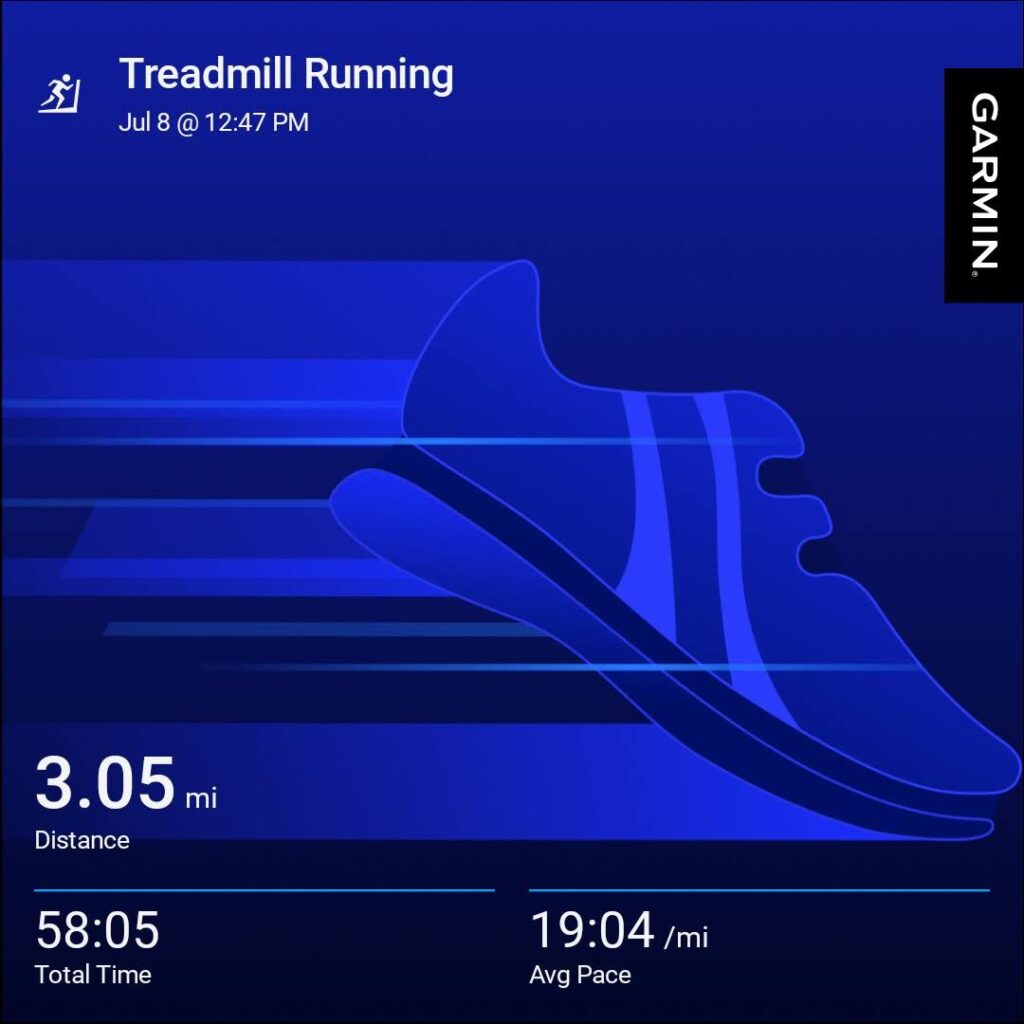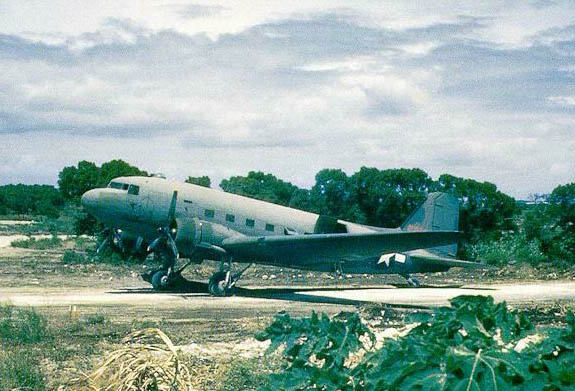MAJ Lawrence R. Bailey (survived)
The Heroes: 3 Miles for 3 Names
SSGT Leslie Verne Sampson

Henry Kissinger once predicted that an “unfortunate” by-product of “limited political engagements” would be personnel who could not be recovered. On March 23, 1961, one of the first group of Americans to fall into that “unfortunate” category were shot from the sky by Pathet Lao antiaircraft guns. Most Americans at that time did not even know that the United States had military personnel in Southeast Asia. In fact, most Americans had not even heard of the name “Laos”. The Geneva Agreements had yet to be signed; air rescue teams had yet to arrive in Southeast Asia. The C-47 aircraft crew consisted of 1LT Ralph W. Magee, pilot; 1LT Oscar B. Weston, co-pilot; 2LT Glenn Matteson, navigator; SSGT Alfons A. Bankowski, flight engineer; SSGT Frederick T. Garside, assistant flight engineer; SSGT Leslie V. Sampson, radio operator; and passengers MAJ Lawrence R. Bailey and WO1 Edgar W. Weitkamp. Bailey and Weitkamp were assigned to the Army Attache Office at Vientiane, Laos. The aircraft crew was all Air Force personnel flying from the 315th Air Division, Osan Airbase, Korea. This C-47 was a specially modified intelligence-gathering SC-47 which took off from Vientiane for Saigon. The passengers and crew were bound for “R & R” in the “Paris of the Orient”. Before heading for Saigon, the pilot turned north toward Xieng Khouangville, a Pathet Lao stronghold on the eastern edge of the Plain of Jars. The crew, experienced in intelligence collection, planned to use their radio-direction finding equipment to determine the frequencies being used by Soviet pilots to locate the Xieng Khouangville airfield through the dense fog that often blanketed the region. Pathet Lao anti-aircraft guns downed the plane, shearing off a wing and sending the aircraft plummeting toward the jungle. MAJ Bailey, who always wore a parachute when he flew, jumped from the falling aircraft and was captured by the Pathet Lao. Bailey spent seventeen months as a prisoner in Sam Neua, the Pathet Lao headquarters near the North Vietnamese border, before being repatriated after the signing of the Geneva Agreements on Laos in 1962. The caves at Sam Neua were said to have held scores of American prisoners during and after the war. The seven men lost on March 23, 1961 were the first of many hundreds of American personnel shot from the sky only to disappear in the jungles of Laos. Four Lao sources stated that 7 of the 8 personnel on board died in the crash of the aircraft, and were buried in the vicinity. [Narrative taken from pownetwork.org; image from wikipedia.com] (WKillian, vvmf.org)
WO Edgar WilkEn Weitkamp Jr
CAPT Oscar Branch Weston Jr

1LT Oscar B. Weston was in the same C-47 aircraft as SSGT Frederick T. Garside, WO1 Edgar W. Weitkamp, 2LT Glenn Matteson, SSGT Alfons A. Bankowski, SSGT Leslie V. Sampson, MAJ Lawrence R. Bailey (survived) and CAPT Ralph W. Magee.
Silent Miles Summary




Leave a Reply